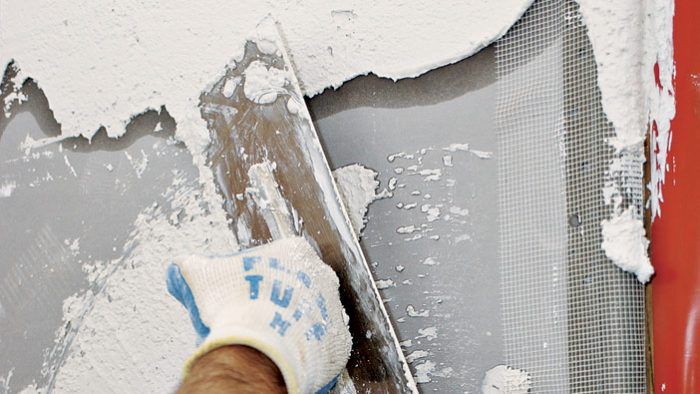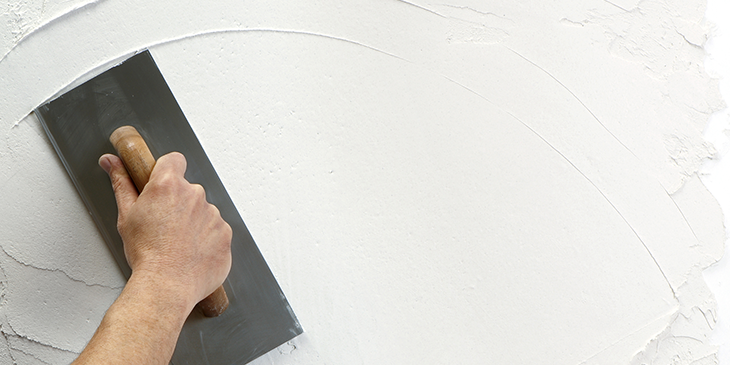Business Plastering: High-Quality Solutions for Workplace and Retail Spaces
Business Plastering: High-Quality Solutions for Workplace and Retail Spaces
Blog Article
A Comprehensive Overview to Learning Plastering Skills for Your Improvement Demands

Necessary Devices and Materials
Various necessary tools serve distinct objectives, making sure performance and precision throughout the gluing process. A high-quality trowel, for instance, is important for applying and smoothing plaster, while a hawk supplies a steady platform for holding the product.
Along with devices, selecting the appropriate plastering products is crucial. Gypsum-based plasters are generally liked for their adaptability and ease of use, while cement-based alternatives are perfect for outside applications as a result of their longevity. Water and bonding representatives play substantial roles in achieving correct consistency and bond, guaranteeing that the plaster adheres effectively to the surface area.
In addition, protective equipment such as gloves, masks, and goggles is essential to protect versus dust and inflammation during the application procedure. By setting up the appropriate mix of materials and devices, plasterers can boost their ability and create high-grade finishes, eventually boosting the total craftsmanship of their work.
Preparing Surfaces for Smudging
Attaining a smooth and resilient plaster surface begins with precise prep work of the surfaces to be plastered. This foundational step is vital to making sure adhesion and the durability of the plaster. Start by assessing the problem of the substrate-- whether it is masonry, drywall, or concrete-- removing any kind of loosened paint, dust, or debris that might interfere with bonding.
Following, fix any kind of flaws such as holes or splits. Utilize an appropriate filler to attain a degree surface; this can be critical for stopping future concerns. Once repaired, ensure the surface area is tidy and completely dry, as dampness can compromise plaster adherence.
For permeable surfaces, it is recommended to use a bonding representative. This item enhances bond and produces a reliable user interface in between the plaster and substratum. If collaborating with formerly plastered surfaces, it may be necessary to mess up or sand the location lightly to give a key for the new plaster layer.
Plastering Techniques and Tips
Understanding gluing strategies needs both ability and method to attain a flawless surface. One important strategy is the application of the plaster in multiple slim layers, instead than a solitary thick coat.
When using the finish coat, utilize a troweling strategy that includes holding the trowel at a small angle and operating in a round activity. This aids to develop a smooth surface and minimizes the appearance of trowel marks. In addition, maintain a spray bottle of click for info water helpful to mist the surface area gently; this keeps the plaster workable and permits for smoother finishing.
Timing is crucial; job efficiently, as the plaster starts to establish. Once the plaster has actually firmed up however is still damp, use a wet sponge to gently smooth the surface area additionally. Last but not least, allow sufficient drying out time prior to sanding or painting, ensuring your effort causes an expert, top quality finish.
Usual Mistakes to Stay Clear Of

One more usual error is applying plaster as well thickly. Overzealous applications can cause fracturing and prolonged drying out times. It's important to apply plaster in slim, also layers, permitting each coat to completely dry appropriately before adding extra.
Additionally, not using the right devices can hinder the top quality of the surface. Utilizing inappropriate trowels or mixers can produce disparities in the smudging process. Always go with premium tools created for plastering tasks.
Last but not least, lots of individuals take too lightly the more value of timing. Operating in inappropriate temperatures or humidity degrees can adversely affect plaster drying and healing. It is suggested to check climate condition and adapt your timetable as necessary.
Finishing Touches for a Professional Look
The last phases of a plastering job are critical for accomplishing a sleek, professional appearance. When the plaster has dried adequately, the following step is to examine the surface area for flaws.
After sanding, it's suggested to clean the surface to eliminate any dust and particles. A damp towel is effective for this purpose, followed by a complete drying out duration. If required, using a slim layer of finishing plaster can enhance the surface further, providing a smooth surface.
As soon as the ending up plaster is completely dry, an additional round of fining sand may be needed to accomplish the desired smoothness. Lastly, take into consideration using a guide prior to painting or wallpapering, which will certainly boost bond and sturdiness.
Conclusion
Mastering smudging skills dramatically improves the high quality of renovation tasks. A comprehensive understanding of vital devices, surface preparation, and efficient techniques is important for accomplishing specialist outcomes. Awareness of typical blunders permits the avoidance of costly errors, while focus to ending up touches guarantees a sleek appearance. Eventually, the assimilation of these elements adds to the development of smooth, sturdy surface areas that raise the visual value of any type of room, emphasizing the value of competent plastering in home improvement ventures.
Water and bonding representatives play substantial duties in accomplishing proper uniformity and adhesion, ensuring that the plaster adheres efficiently to the surface area. Plastering.


Additionally, keep a spray container of water handy to mist the surface lightly; this keeps the plaster practical and permits for smoother ending up. (Plastering)
If necessary, applying a slim layer of completing plaster can improve the surface further, offering a smooth finish.
Report this page